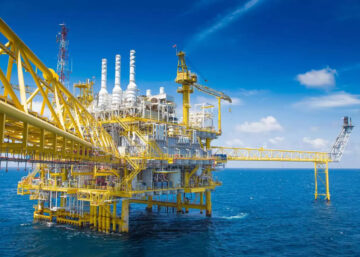NIBE
As part of a drive to help exhaust air heat pumps reach their potential in the UK, NIBE has published a guide explaining the European Commission’s decision to classify the technology as renewable.
Published on the NIBE website, the two-page factsheet explains the theory behind the official European guidelines on calculating renewable energy from heat pumps (2013/114/EU), which came into effect in 2013 and apply to all member states – including the UK and Republic of Ireland. The EU guidelines establish that exhaust air heat pumps (EAHPs) operating at a Seasonal Performance Factor (SPF) of 2.5 or more are legally classified as a renewable heating technology. The publication of the guidelines means that NIBE’s full range of EAHPs is now deemed renewable – and, together with other renewable solutions, can support the UK in meeting its binding renewable energy targets.
Phil Hurley, Managing Director at NIBE says, “The decision to recognise exhaust air systems as renewables marked an important development for the European heat pump market as a whole – but many in the industry are still unsure about the capabilities this technology has in the UK. Designed to keep well-insulated homes warm, comfortable and healthy, exhaust air heat pumps will have an increasingly important role to play as we move towards a truly zero-carbon future, providing efficient space heating and hot water as well as much-needed ventilation.
“Here at NIBE, we’re committed to ensuring that this role is not overlooked because of a lack of understanding or awareness. We’re urging anyone in the trade who’s unsure about the facts about EAHPS – or the benefits they offer in the right applications – to utilise the tools on our website, or talk to our team of experts to find out more.”
Intended for use in well-insulated, air-tight homes, exhaust air heat pumps from NIBE work by recovering warm stale air from inside a property’s ‘wet rooms’ (e.g. its kitchen and bathroom) and feeding this back to the heat pump via a ducting system. The energy from this air is then reused to heat the property and provide hot water. Once the heat pump has extracted the energy it needs from the recovered warm stale air, the used cold air is released outside and fresh air is drawn back into the building via a system of external wall vents. According to NIBE, these deliver the required air changes to provide the property with sufficient ventilation – a particular must for new builds subject to increasingly stringent insulation requirements.



